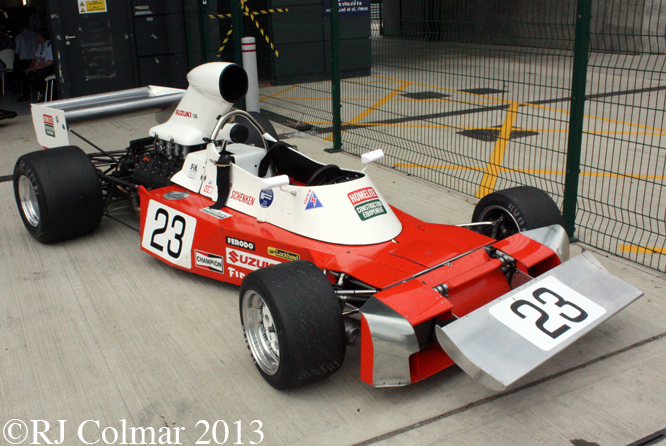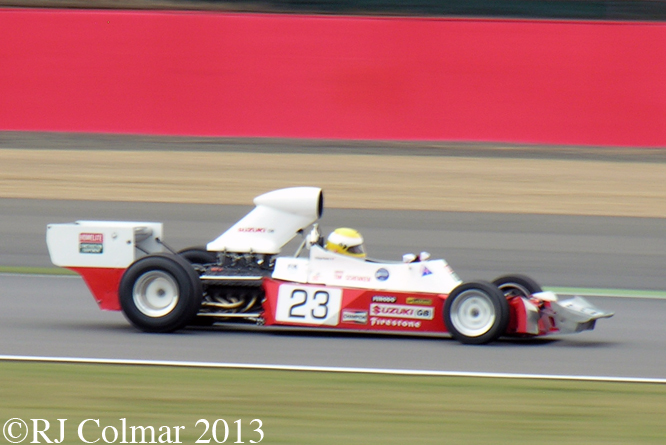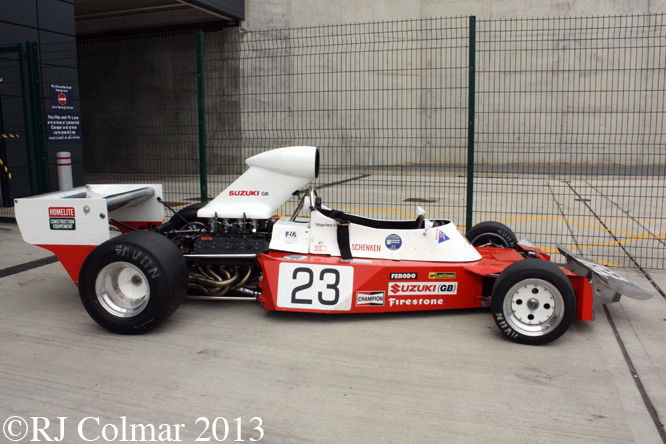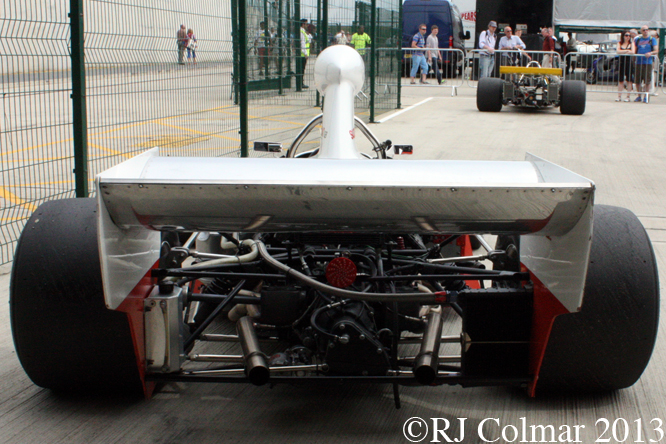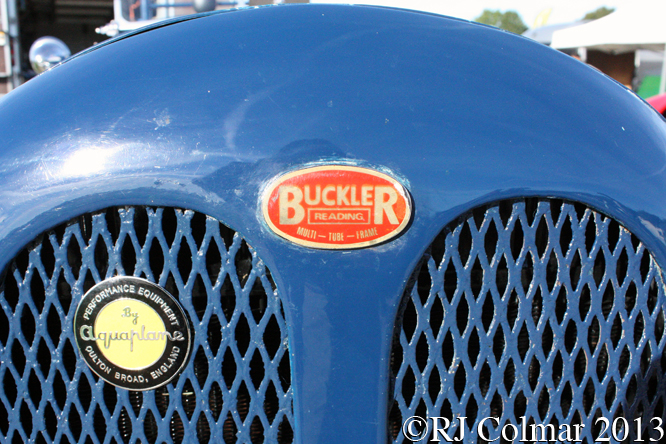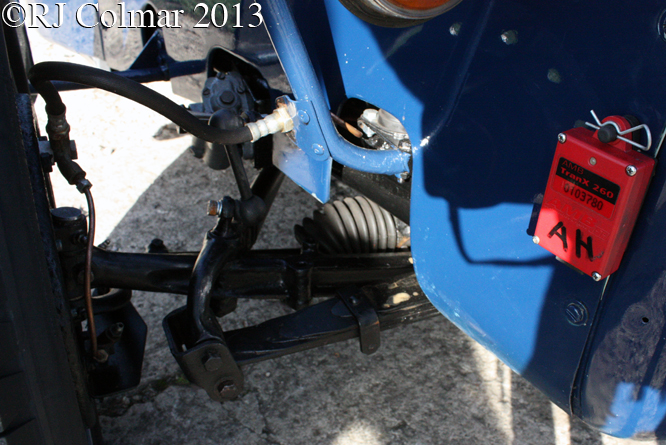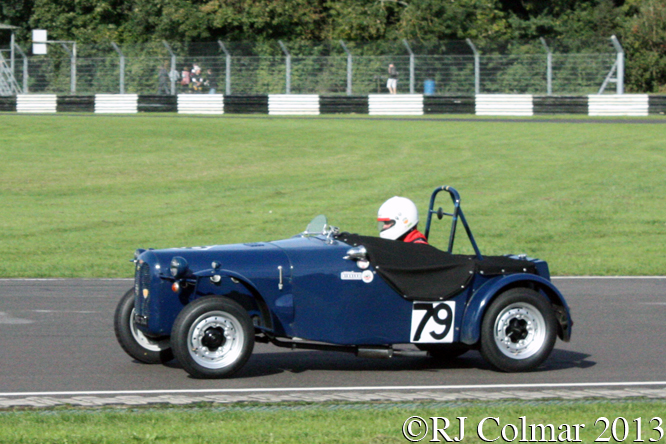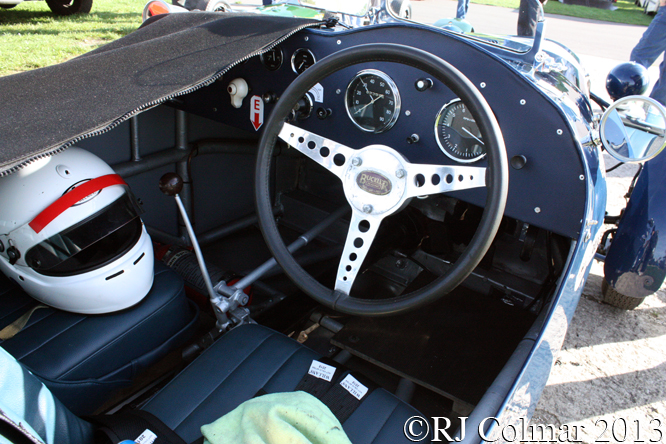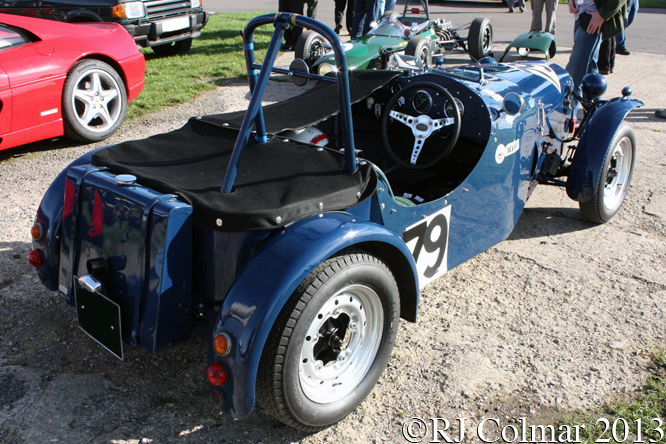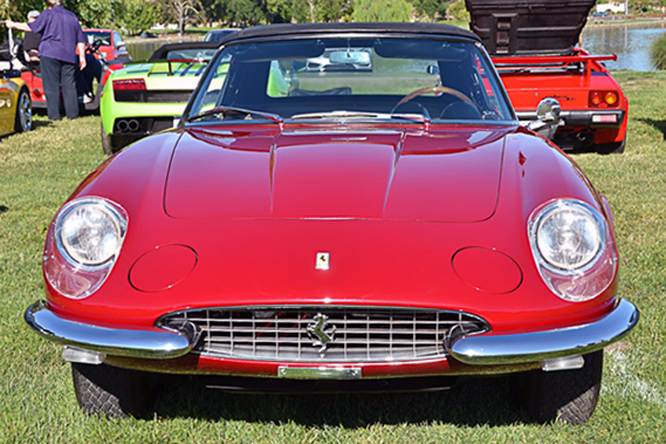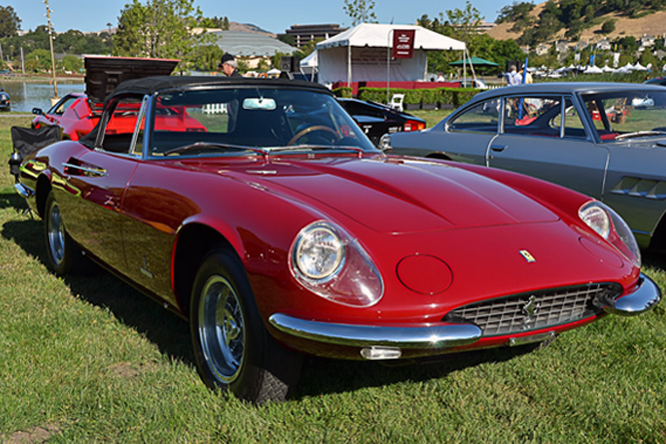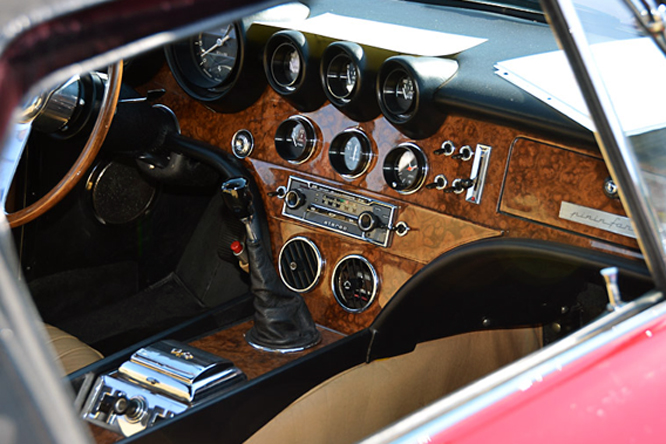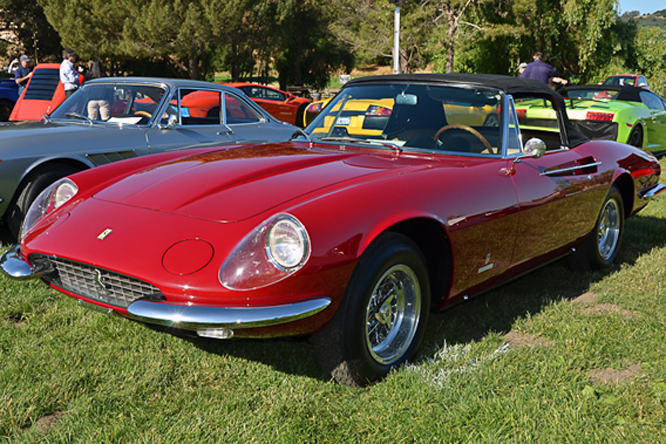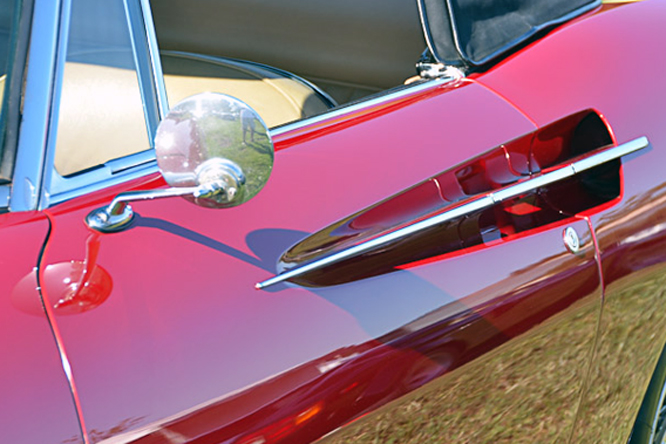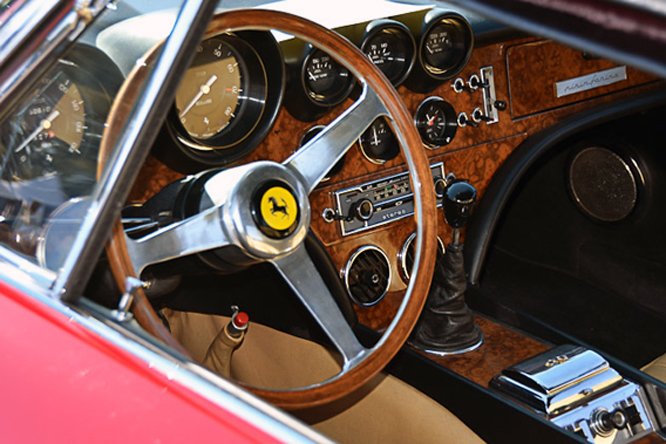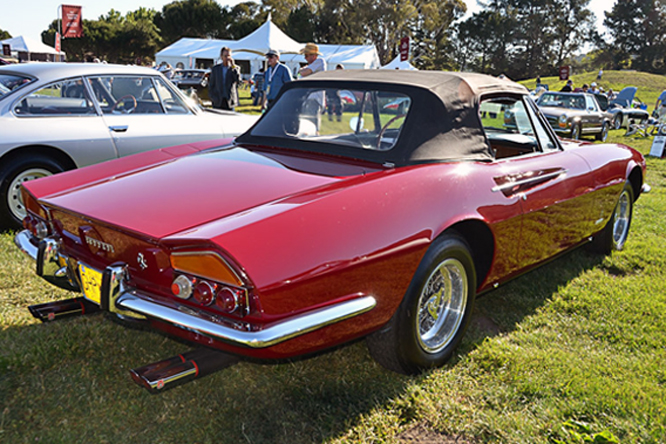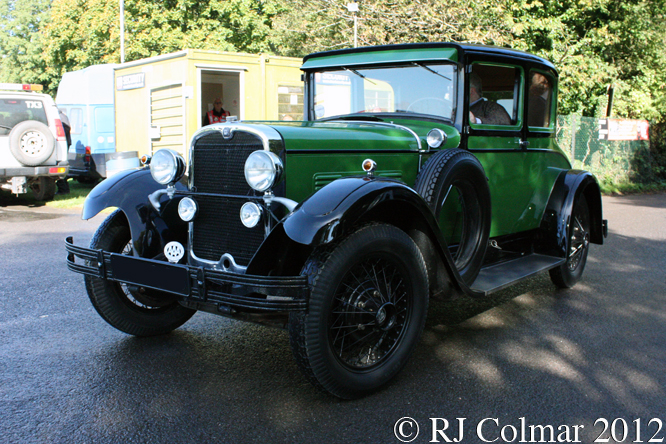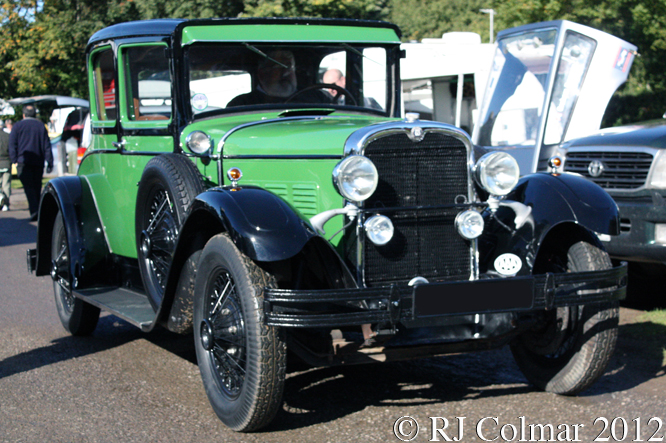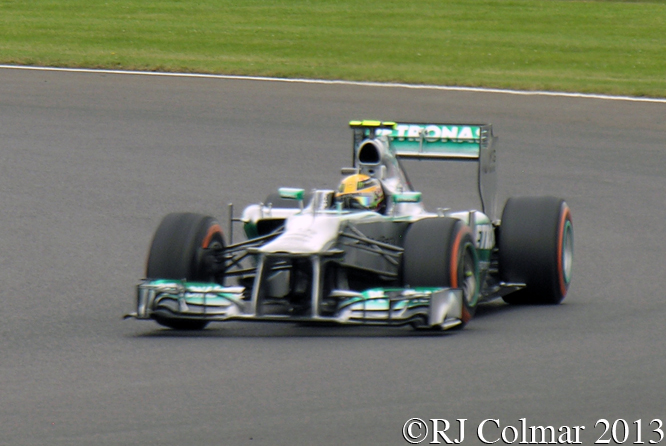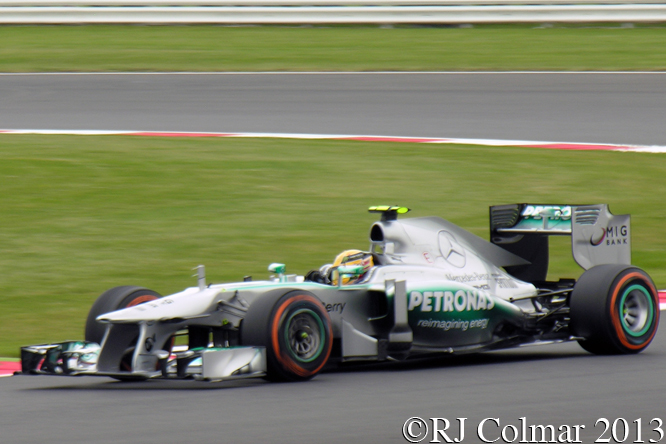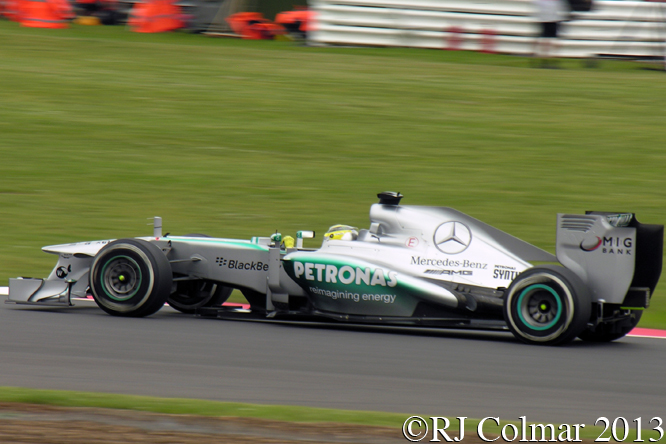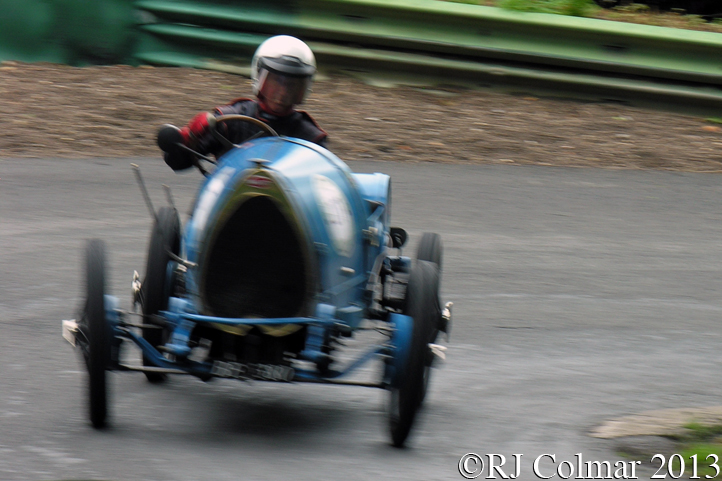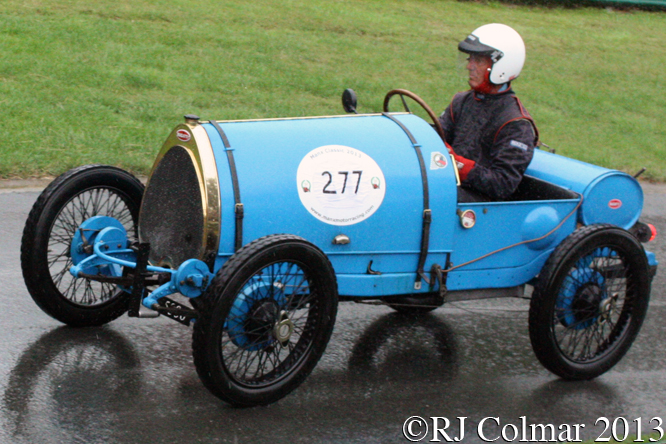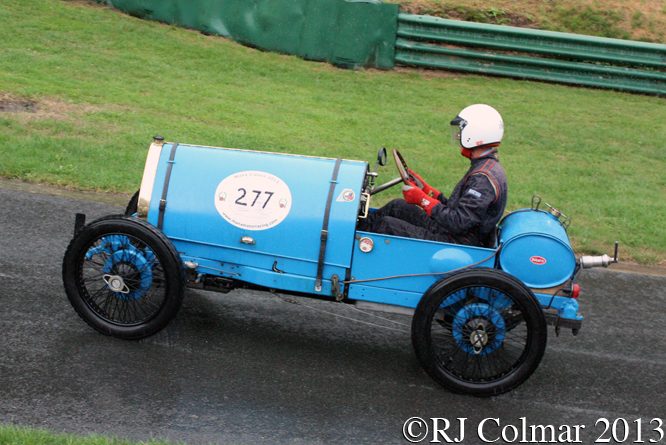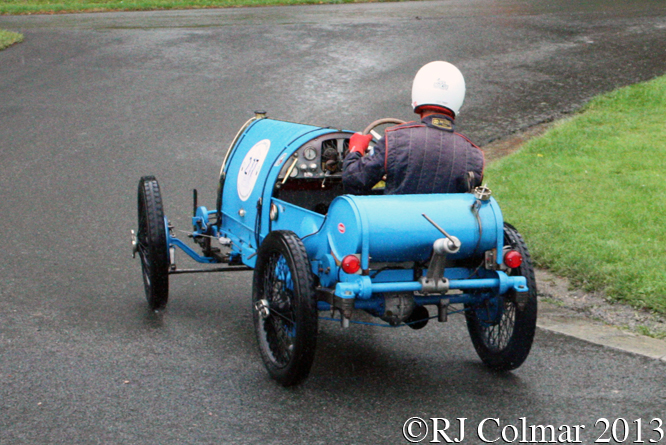Welcome to the second edition of Maserati Monday, today’s featured Maserati 250F chassis #2522 was built as a works car for the 1956 season. So far so good, it was raced twice in Argentina at the beginning of the season by Stirling Moss carrying the older #2516 identity finishing a best 2nd in the second non championship race.
Back in Europe the #2522 appears to have been raced with it’s correct #2522 identity until August 1956. During this period Stirling won the Glover Trophy at Goodwood and followed that up with a win in the 1956 Monaco Grand Prix.
Cesare Perdisa was given #2522 to drive in Belgian Grand Prix, while Stirling Moss driving another 250F took an early lead in the race only to lose it to a slow starting Fangio driving a Ferrari on lap 5. On lap ten Moss lost a rear wheel and ended up running back to the pits where he took over #2522 from Cesare and went on to finish 3rd behind the two Ferrari of Collins and Paul Frère.
In the French Grand Prix Cesare and Stirling ended up sharing #2522 again finishing 5th. In the British Grand Prix Stirling drove #2522 to a solo 8th place finish and in Germany #2522 now driven by Umberto Maglioli retired with steering problems which reoccurred in the Italian Grand Prix after Maglioli had handed over #2522, now running with the #2523 identity, to Jean Behra.
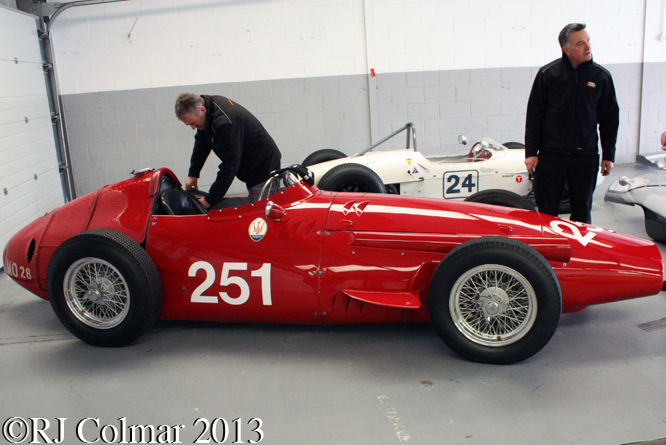
Over the winter #2522 with the #2523 identity was fitted with a V12 motor in place of the original straight six, the car was run in practice in the non championship race at Siracusa and again by non other than El Maestro Fangio in the practice for the 1957 Monaco Grand Prix, but the V12 was never raced.
Argentinian all round sportsman Carlos Menditeguy drove #2522/16/23 refitted with a six cylinder motor in the non championship 1957 Grand Prix de Reims where he qualified 9th and retired with a gearbox issue. For the non championship GP di Pescara and championship 1957 Italian GP Fangio was assigned #2522/16/23 but he only drove it in practice.
On the 13th April 1958 Maria-Teresa de Filippis made her Formula one debut driving #2522/16/23 in the non championship GP di Siracusa and finished 5th, a month later she was not so lucky failing to qualify for the Monaco Grand Prix driving the same car. Carrol Shelby was the last person recorded as having driven #2522/16/23 in period he qualified 17th and retired after just 1 lap with handling issues and ended up taking over Masten Gregory’s 250F and recording a shared 4th place finish one lap down, a performance for which he was not awarded any world championship points. #2522/16/23 then passed into the hands of Scuderia Centro Sud.
Towards the end of 1958 chassis #2522/16/23 was given the identity it carries to this day namely #2526 and passed through the hands of Keith Campbell, Richard Bergel, Lord Angus Clydesdale, Earl of Strathmore, Bobby Bell and it’s current owner Peter Heuberger for whom the car is seen prepared in the pits at last years HGPCA Test day at Silverstone last year.
To keep you on your toes David McKinney records that the identity #2522 was also used for the original chassis #2507 now owned by Jose Albuquerque which as you know I looked at last week !
With thanks to David McKinney and his book Maserati 250F which was kindly lent to me by Tim Murray.
Thanks for joining me on this “Identity Crisis What Identity Crisis ?” edition of “Gettin’ a li’l psycho on tyres” I hope you’ll join me tomorrow when I’ll be looking at a vintage Bugatti. Don’t forget to come back now !
PS It is with great sadness that I have learned that David McKinney passed away a couple of weeks ago. It was my privilege to meet David on a couple of occasions and for GALPOT to have benefited from his knowledge which he never hesitated to share on many more going back to the blogs earliest days.
I am sure you will join me in sending sincerest condolences to Davids family and many friends. RIP David the man who knew “lots of things“.


